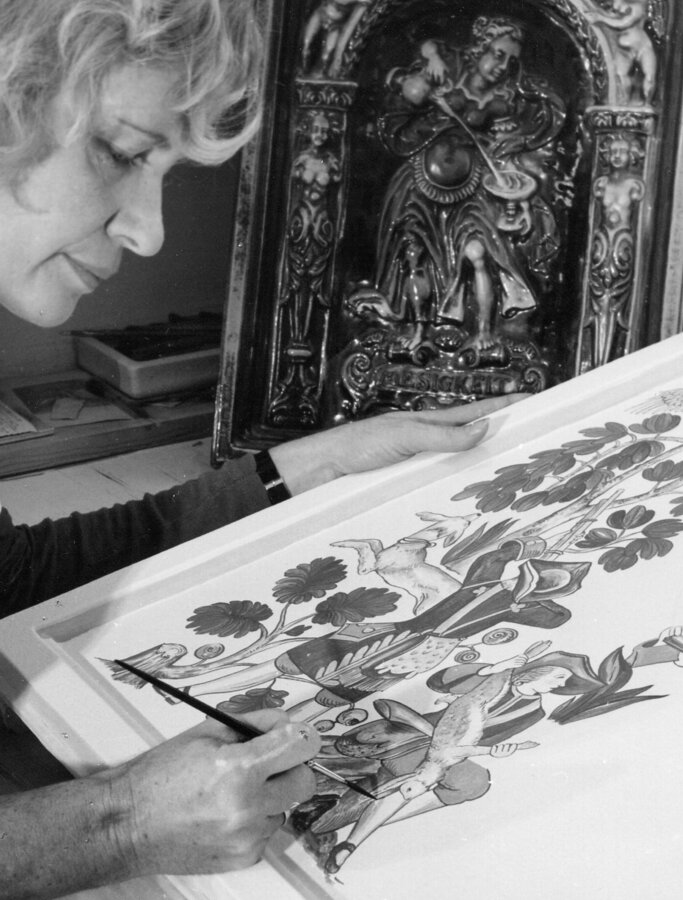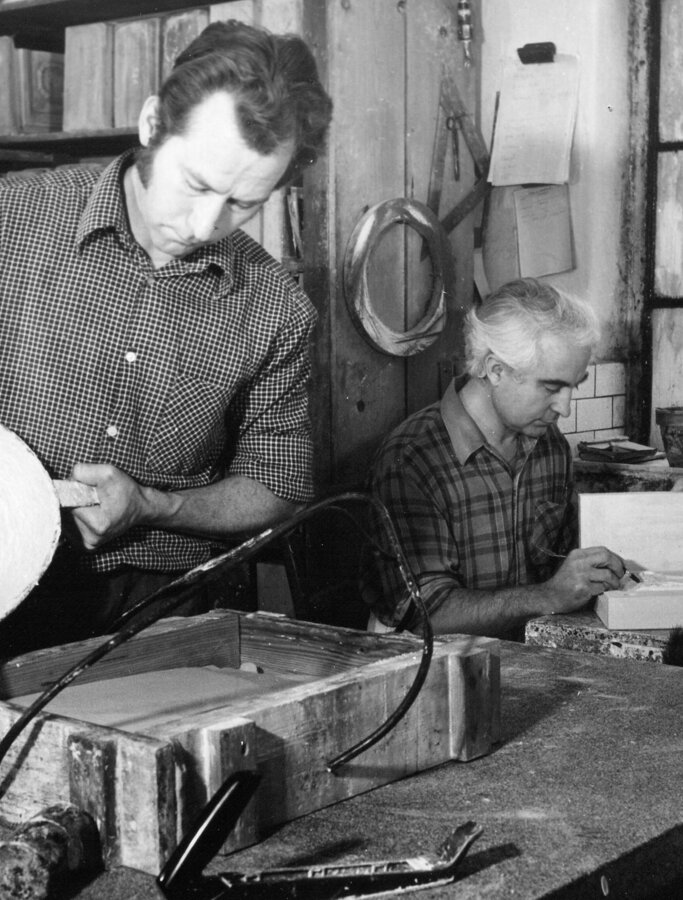

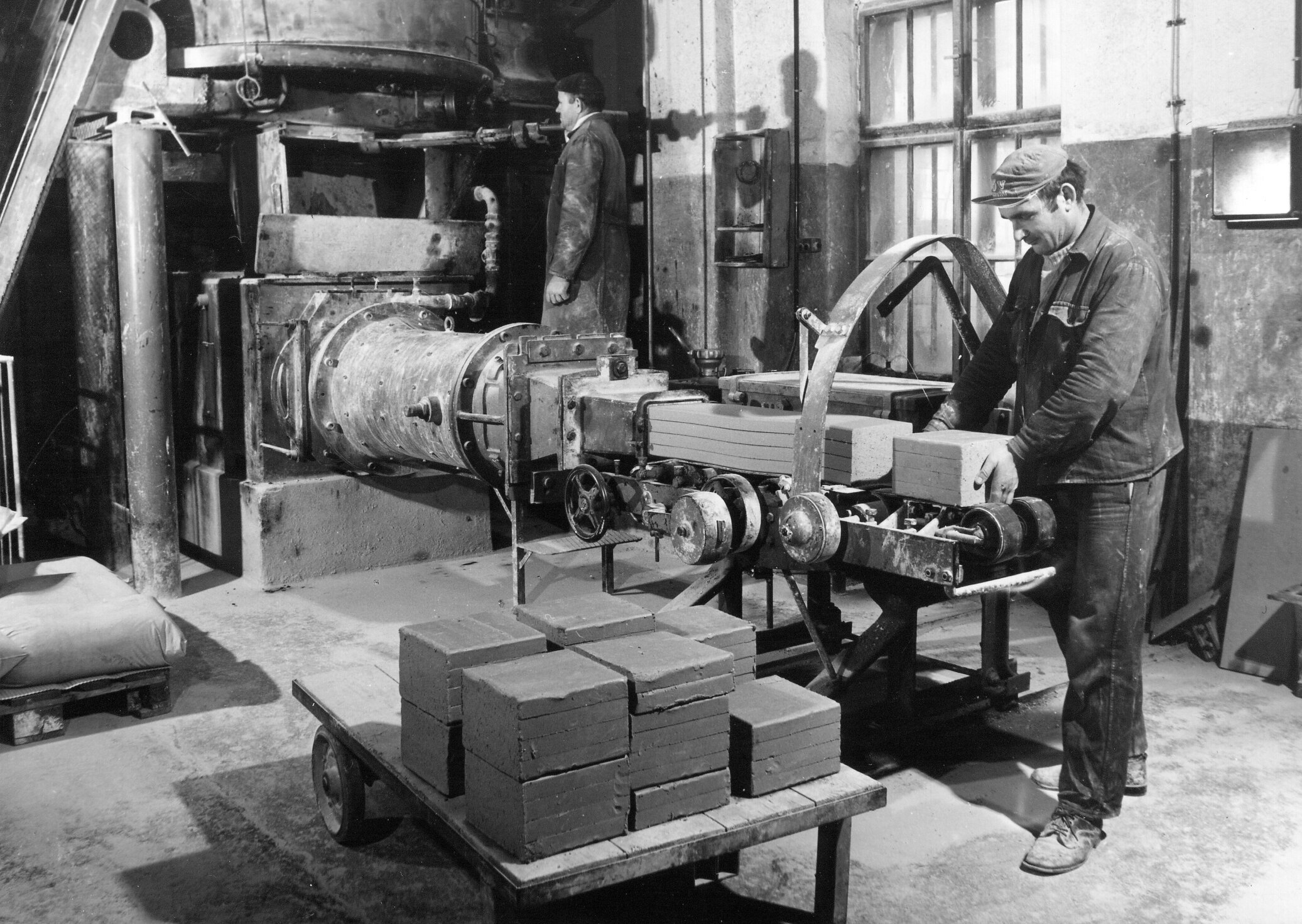
Five generations of the Sommerhuber family — innovations, achievements and navigating challenging times: collected accounts of our company’s history from 1491 to the present day.
1993-today
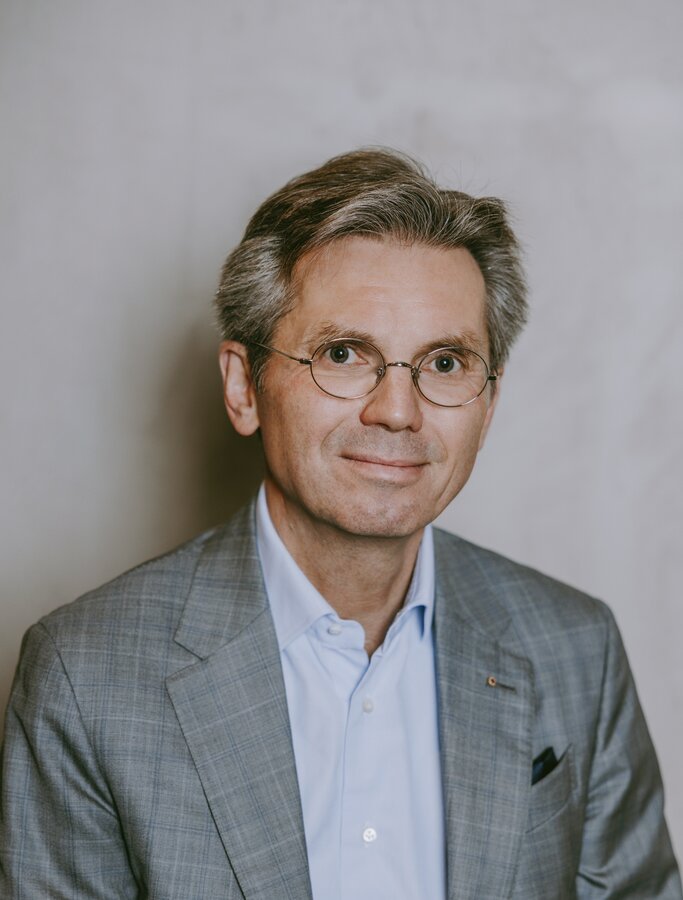
Rudolf Christian Sommerhuber
In 1993, management was handed over to Rudolf IV. Christian Sommerhuber following extensive education and experience both in Austria and abroad. Rudolf III. passed away unexpectedly in the same year.

cool heat®
As a continuation of the water-heated H2O stove, Sommerhuber developed the designer radiator cool heat®. In 1999, the patented ceramic design radiator cool heat® was presented for the first time at the ISH/Frankfurt, where Sommerhuber was awarded the Design Plus prize.
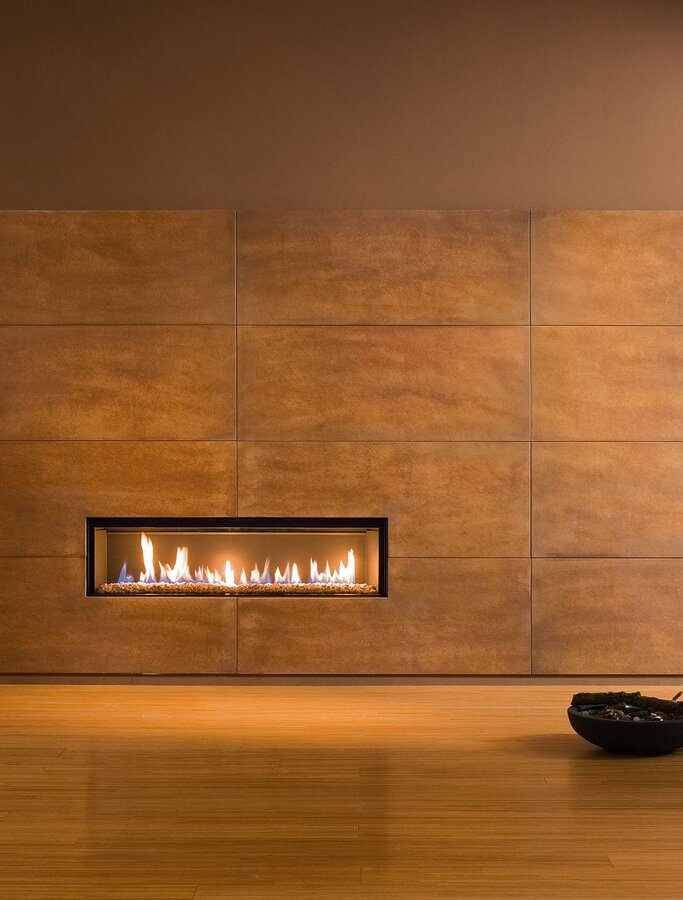
real big tiles
From 2000 onwards, intensive technological developments led to the establishment of large-format ceramics under the label ‘real big tiles’, designed for contemporary heating objects with clear, minimalist forms.

Manfred Holzapfl
Mag. Manfred Holzapfl joins the company as second CEO.
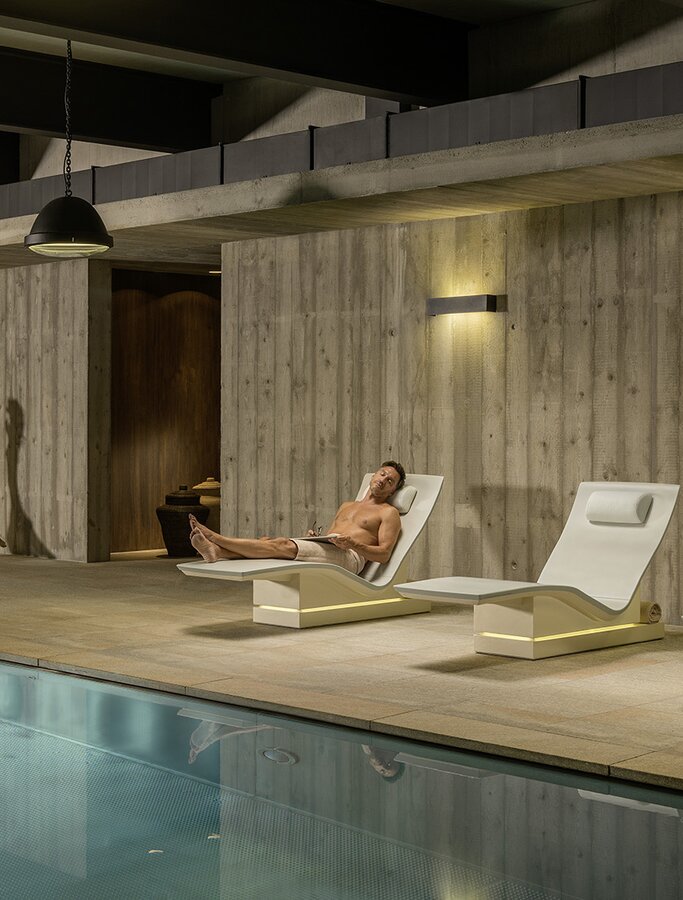
Spa ceramic
With the core idea of applying the benefits of heat storing ceramics and their radiant warmth to the bath and spa sector, the ceramic manufactory began developing the Spa ceramics product line in 2005.
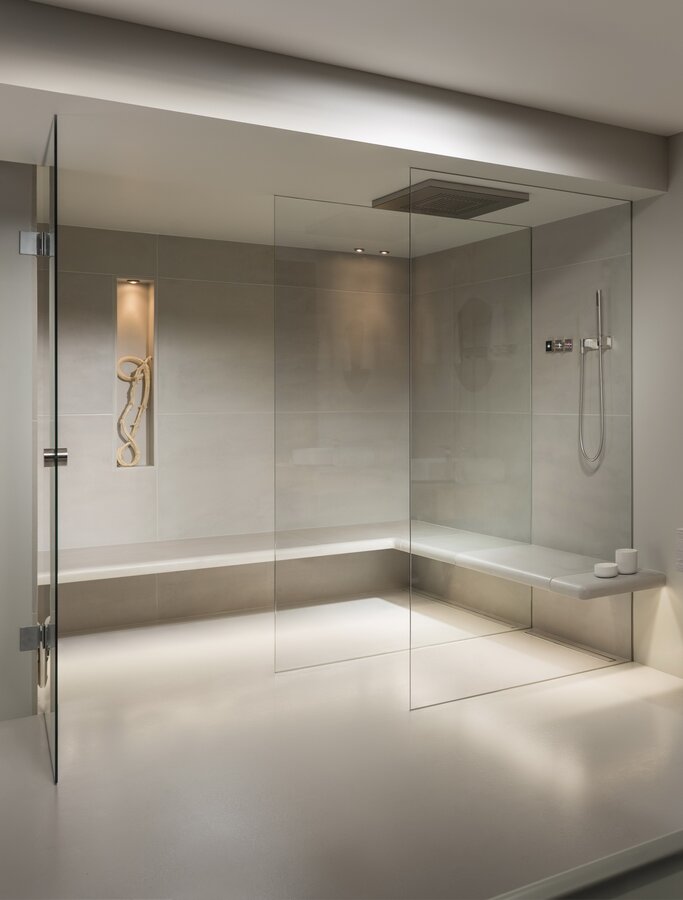
Extension of the Spa ceramics product line
The Spa ceramics product line is being extensively expanded. In line with market developments, Sommerhuber offers not only individual items such as ceramic foot basins, but also heat storing ceramics for full-room solutions in private and public Spas.
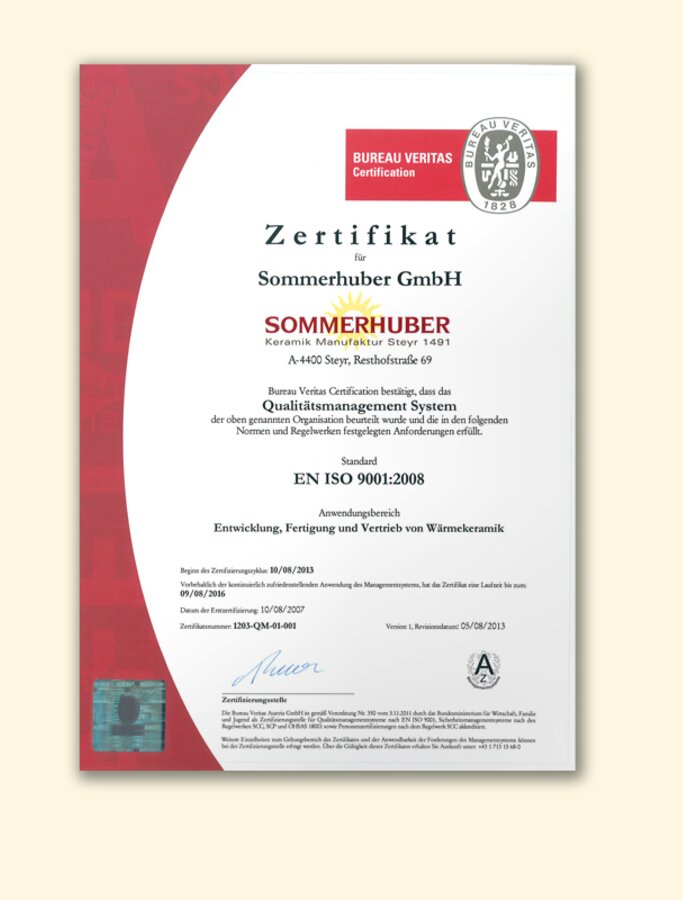
Quality management
Since 2007, the quality management system of the Sommerhuber ceramic manufactory has been confirmed every two years through ISO certification.
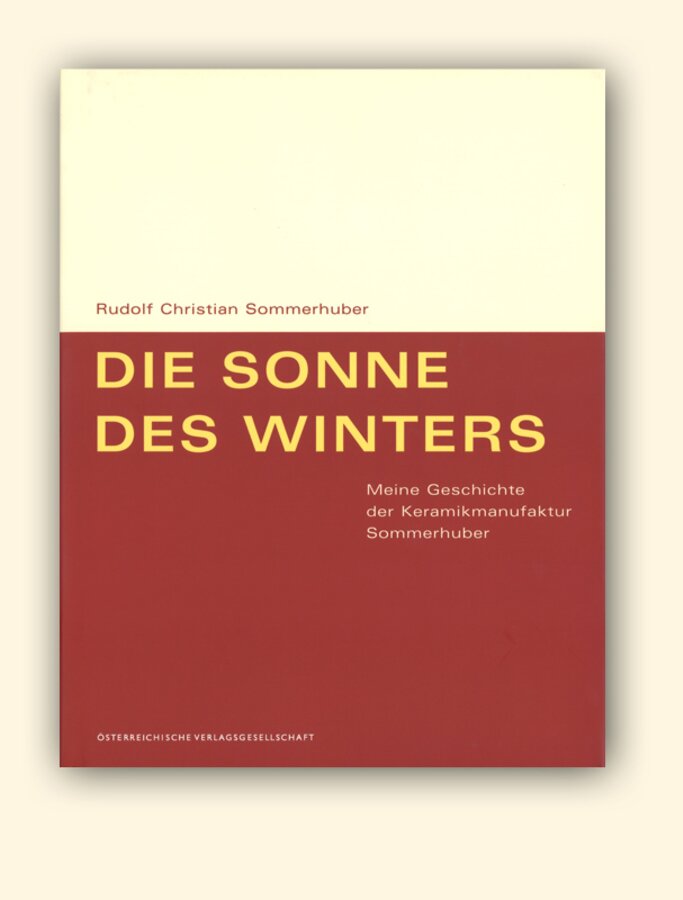
The sun of the winter
In 2007, ‘Die Sonne des Winters: Meine Geschichte der Keramikmanufaktur Sommerhuber’ (The Sun of Winter: My Story of the Sommerhuber ceramic manufactory) is published. With this magnificent volume, Rudolf IV. Christian Sommerhuber bridges the gap between the company and family records of his great-grandfather, Rudolf I. Sommerhuber, ‘Die Geschichte meines Hauses’ (The History of My House) from 1929 and the present day.
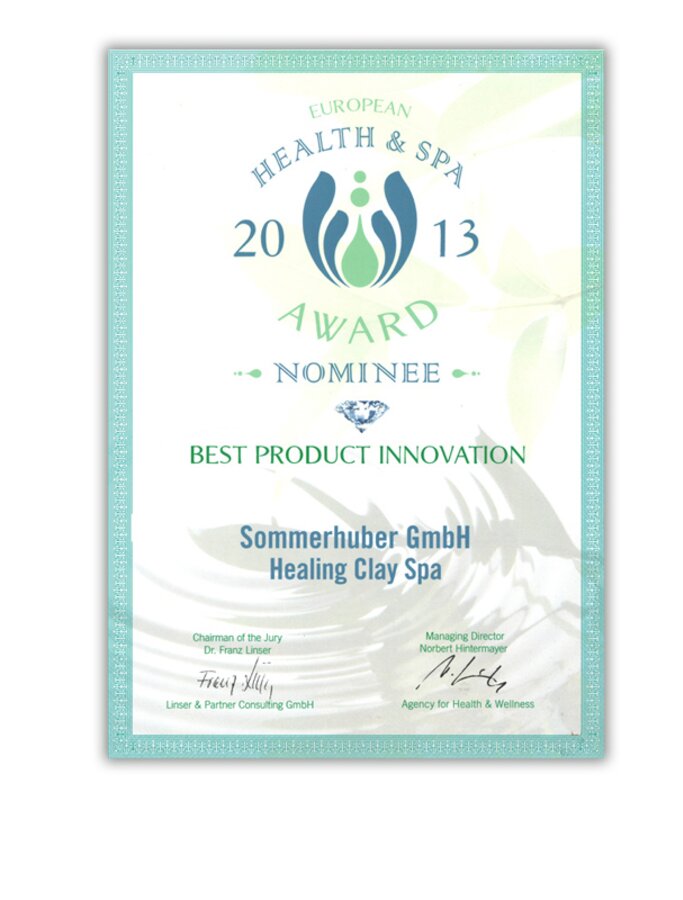
Numerous awards
Sommerhuber manufactures heat storing ceramics for comfortable, healthy radiant heat for tile stoves, tile fireplaces, Spa ceramics and design radiators, consistently impressing with ongoing developments and innovations. The quality of the products has been recognized through numerous nominations and awards.
Photo: European Health & Spa Award 2013 Nominee
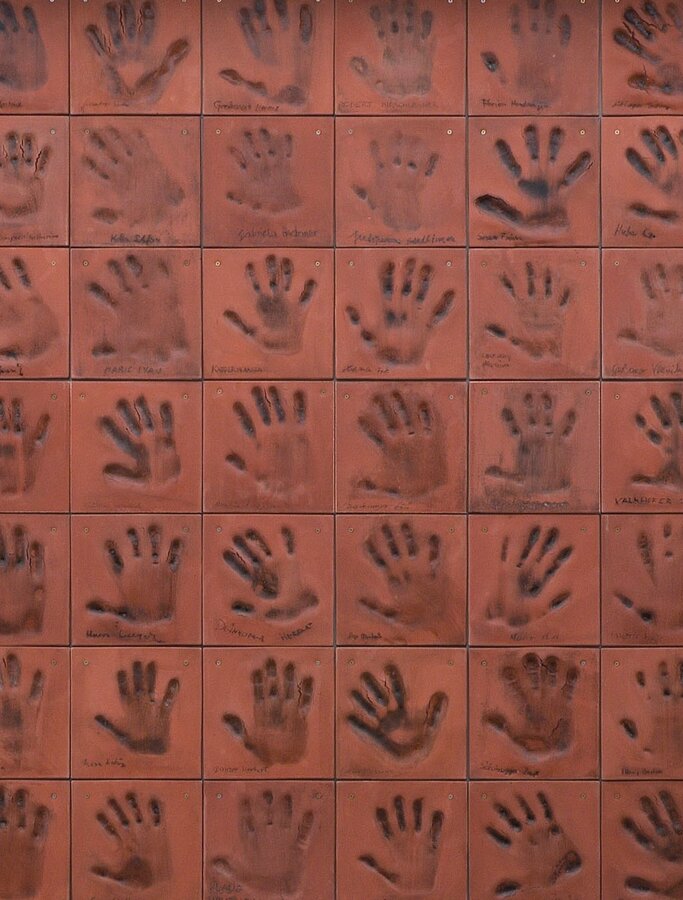
Ceramic in good hands
With its company philosophy of securing the location through quality, intelligent products and a manageable operation, the Sommerhuber ceramic manufactory currently employs around 80 people.
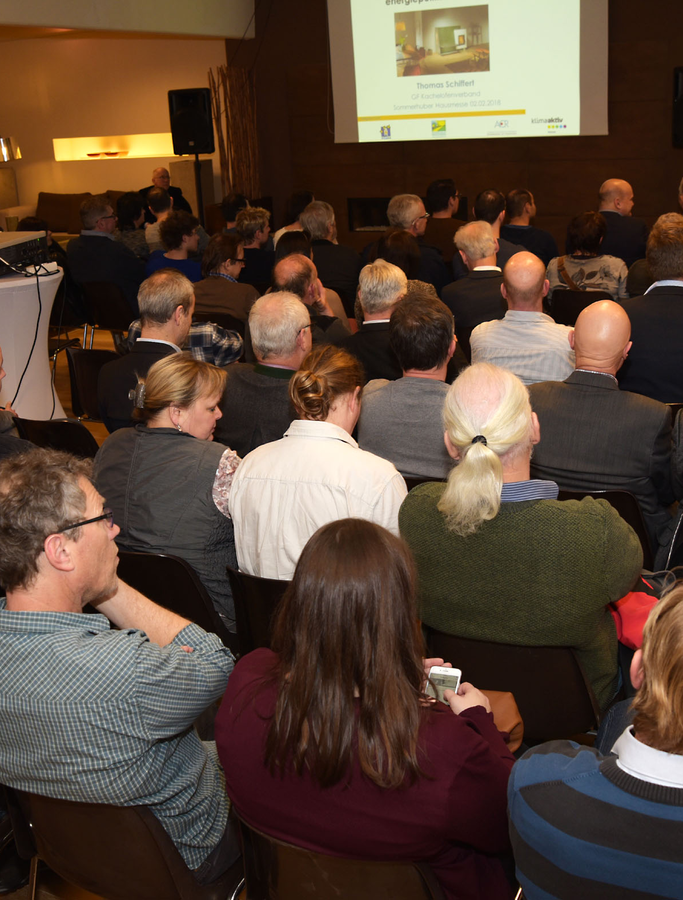
Strong partnerships
Today, around 800 companies across Europe are trading partners of the Sommerhuber ceramic manufactory. Every year, new products are presented to both industry professionals and end customers at the leading trade fairs.
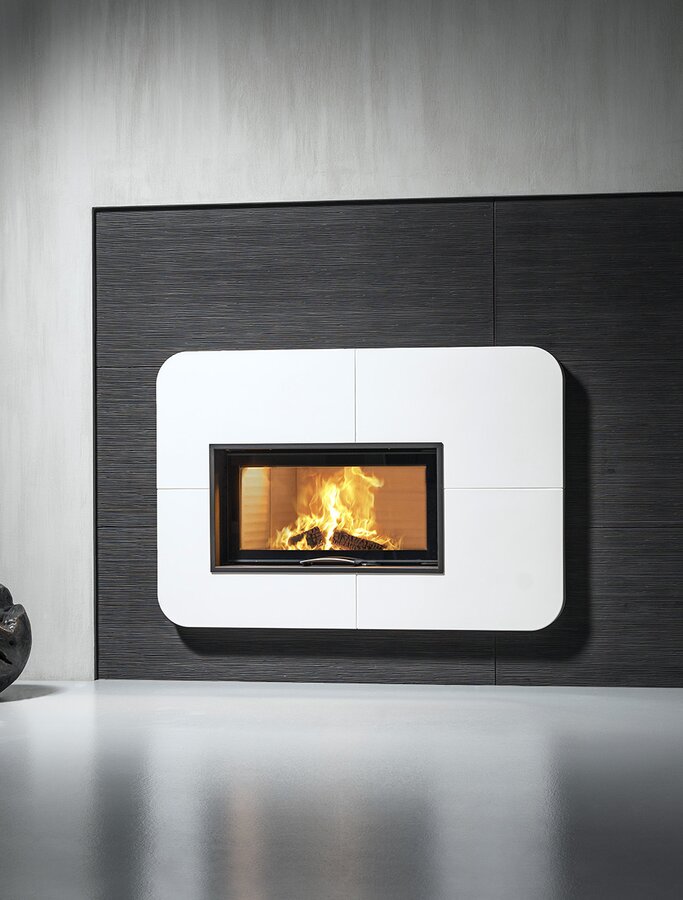
iForm®
In addition to traditional alpine-style stoves and country house stoves, intensely modern, minimalist designs are making their way into living rooms. The development of unique ceramic structures allows for the manipulation of surfaces to reflect individual interior styles.
Photo: 2111 iForm®
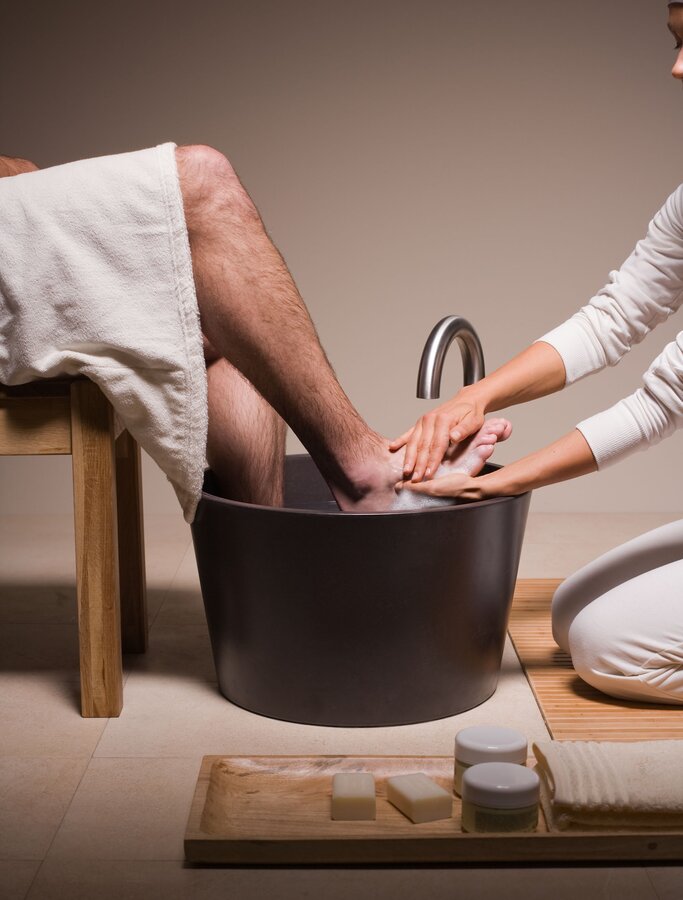
Worldwide Spa market
The design and functionality of Spa ceramics are in global demand – for example, in the USA, Russia, Saudi Arabia, Mexico, Oman, Hong Kong and Australia. Installed in private bathrooms, hotels and public Spas such as the Canyon Ranch SpaClub® at The Venetian® Hotel in Las Vegas, the Mother & Child Care Centre Lapino in Moscow and the world’s largest cruise ship "Allure of the Seas".
1955-1993
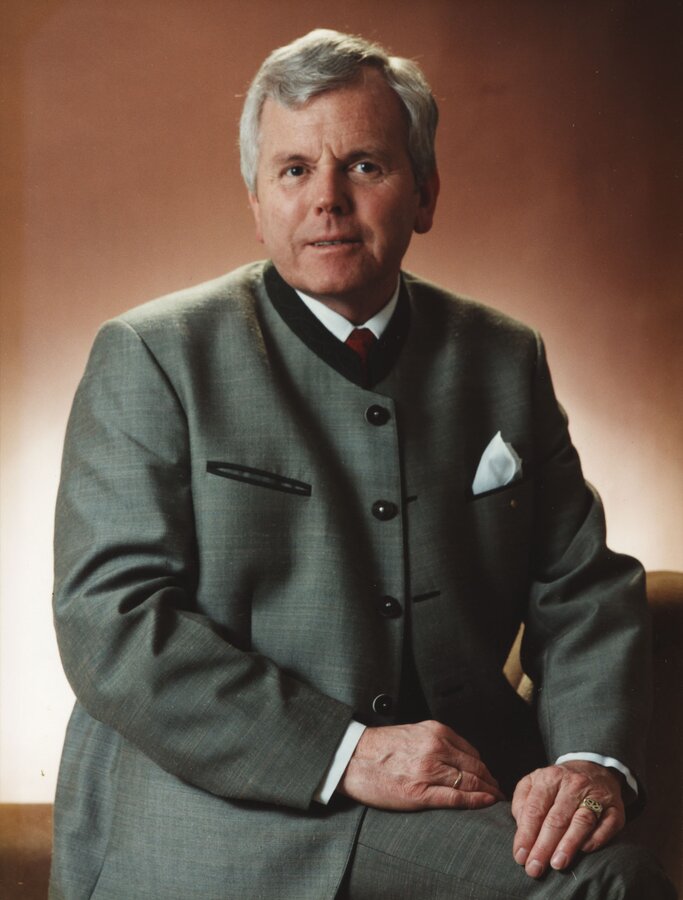
Rudolf III joins the company
In 1946, Rudolf II passed away and his son, Rudolf III, joined the company at the age of 17. The company was now led by Josef Sommerhuber. In 1955, Rudolf III became a partner in the company.
During the 1960s, the tile stove industry experienced a decline due to the widespread installation of central hot water heating systems. Rudolf III Sommerhuber, driven by idealism and creative ideas, developed new shapes, models, and glazes, and introduced the casting process into tile stove manufacturing.
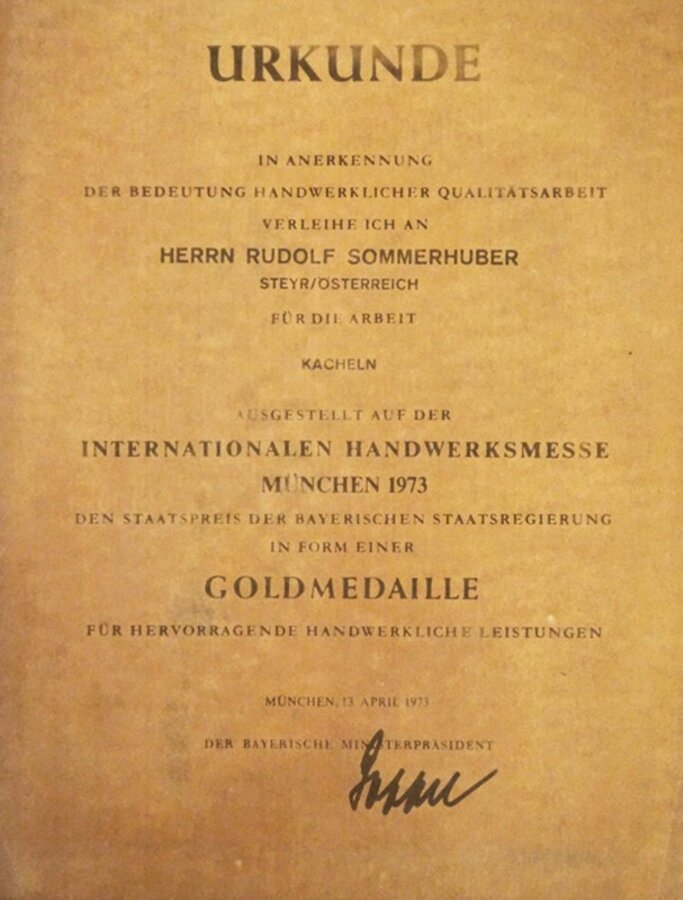
Bavarian State Prize
In 1973, the Sommerhuber manufactory participated in the international crafts fair in Munich and received the State Prize from the Bavarian State Government in the form of the Gold Medal.

1973 - the energy crisis
Rudolf III continued to invest steadily in modern office equipment, a larger fleet of vehicles and many other areas. He benefited from the era in which he lived. Not only did people return to a focus on creating a comfortable living atmosphere, but the two energy crises of 1973 and 1978/79 also led to a surge in demand for tile stoves, driven by an increased sense of security among the public.
Photo: The first tiled stove book 1973
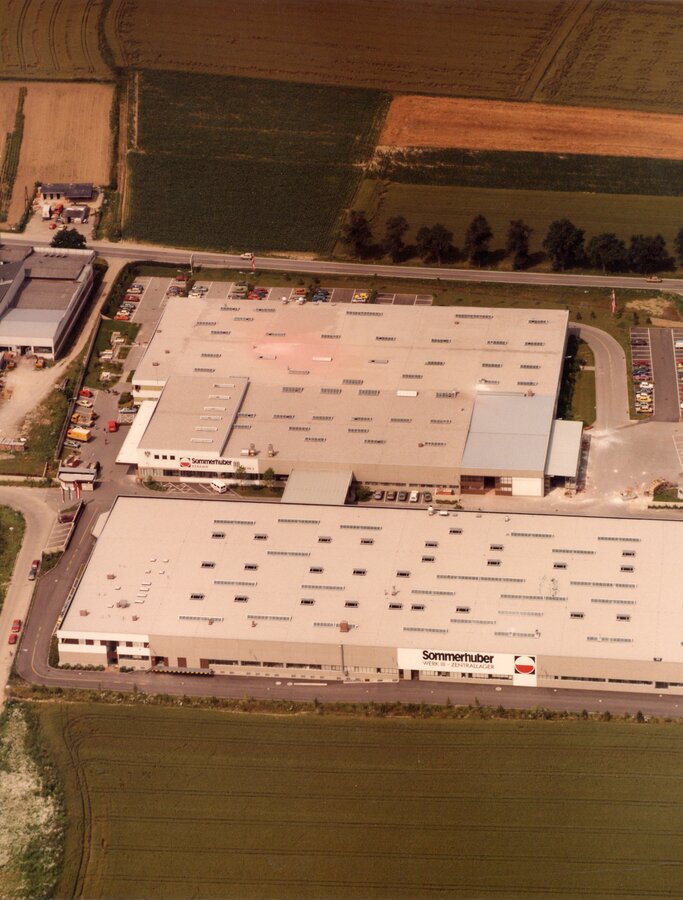
1980 Expansion
Expansion of production to Resthofstrasse in 1980. Rudolf III. built the new plant in just 9 months.
1919-1955
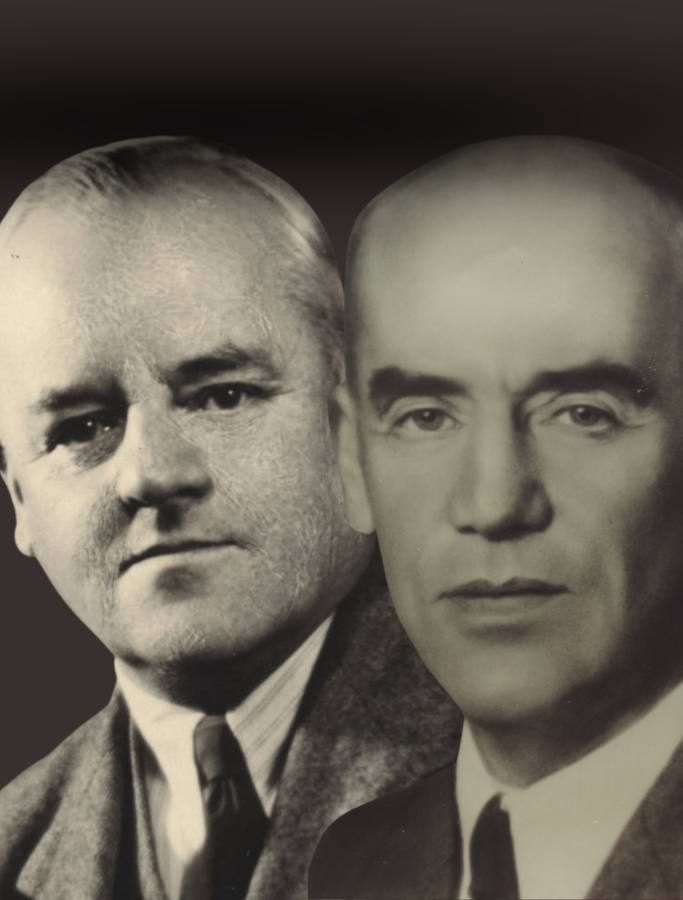
The two brothers
In 1919, the two sons, Rudolf II. (1885-1946) and Josef Sommerhuber (1886-1963), became partners in the family business.
The two decades between the end of World War I and the annexation of Austria to Nazi Germany were very turbulent times.
Photo left: Rudolf Sommerhuber II. Photo right: Josef Sommerhuber
![Molding at the overshot stove with Ctvrtnik, Sepp S., Dovalil [circa 1930] | © Sommerhuber GmbH Molding at the overshot stove with Ctvrtnik, Sepp S., Dovalil [circa 1930] | © Sommerhuber GmbH](https://cdn.sommerhuber.com/assets_thumbnails/produkte/Bilder/Bilder%20rund%20um%20Unternehmen/Geschichte/1481/image-thumb__1481__card_slider/Modellieren%20am%20%C3%9Cberschlagofen%20mit%20Ctvrtnik%2CSepp%20S.%2CDovalil%20%5Bca%201930%5D%401.5x.80b8c41a.png)
1928
Rudolf II. and Josef managed to survive the difficult times relatively unscathed through several large orders (e.g., 170 tile stoves for border customs houses) and various individual projects (Stiegl Brewery, Schlierbach Abbey, Admont Abbey, etc.).
Photo: Josef Sommerhuber (middle) shaping a tiled stove in 1928

Development of the 1930s
In the 1930s, wood-burning stoves became incredibly popular. Fireclay linings were introduced and the technology of the interior design of tile stoves was improved.
Photo: Product catalog of the Sommerhuber manufactory in 1939
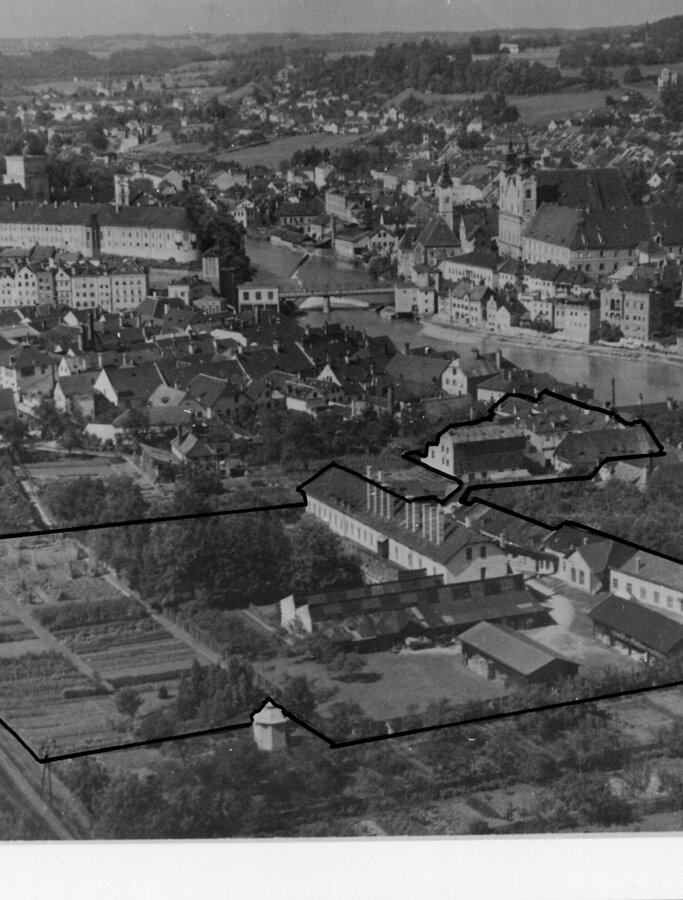
During World War 2
Towards the end of World War II, the tile production at Sommerhuber was reduced to a minimum. On one hand, stoves could only be ordered if one had a stove voucher and on the other hand, there was no fuel available for private companies – all energy was channeled by the regime into armament production. The company had to suspend operations for two months.
Photo: The business premise 1937
1876-1919
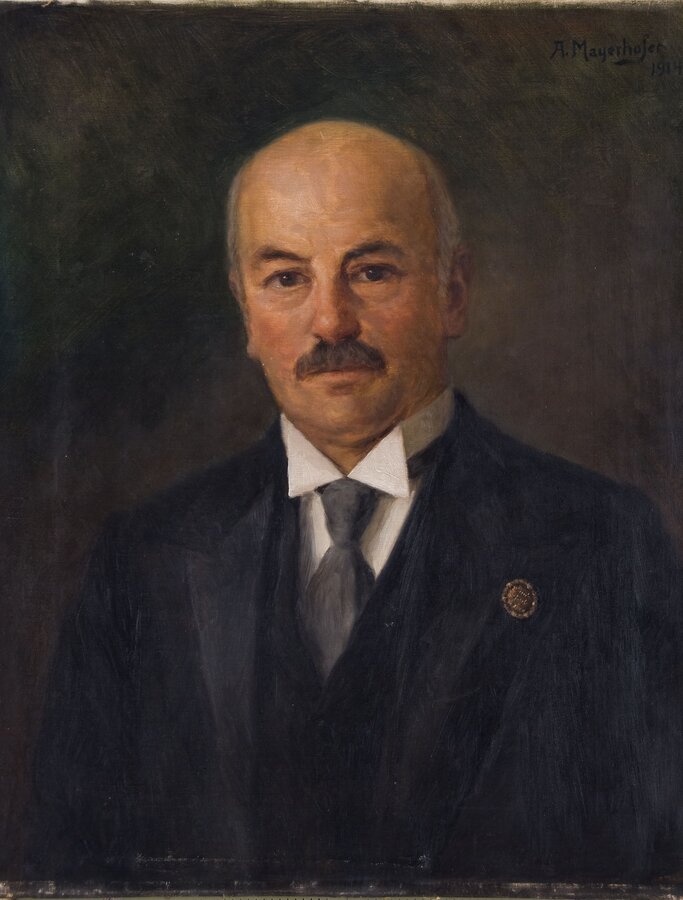
Takeover 1876
Due to Josef's illness, his son Rudolf took over the pottery business in 1876 at the age of 18, with relative independence.

Expansion 1900-1909
With the great business successes achieved by Rudolf Sommerhuber I, the manufactory grew, and a larger production facility became essential. In 1900, it was built at what is now Pachergasse 19. However, shortly after its opening, it was partially destroyed by fire and had to be rebuilt.
![Molding at the overshot stove with Dovalil, Madlberger [about 1916] | © Sommerhuber GmbH Molding at the overshot stove with Dovalil, Madlberger [about 1916] | © Sommerhuber GmbH](https://cdn.sommerhuber.com/assets_thumbnails/produkte/Bilder/Bilder%20rund%20um%20Unternehmen/Geschichte/1475/image-thumb__1475__card_slider/Modellieren%20am%20%C3%9Cberschlagofen%20mit%20%20Dovalil%2C%20Madlberger%20%5Bca%201916%5D%401.5x.36b9a4b8.png)
More than craftsmanship
The range of products also expanded: In addition to the simple tiles for basic country stoves, Rudolf I sensed the spirit of the times and realized that the pottery was much more than just a craft. Besides its function, tiles became raw material for contemporary, high-quality handicrafts. The finished tile stove, in addition to its heating function, also became a decorative element that enhanced the interior with its shapes and colors.
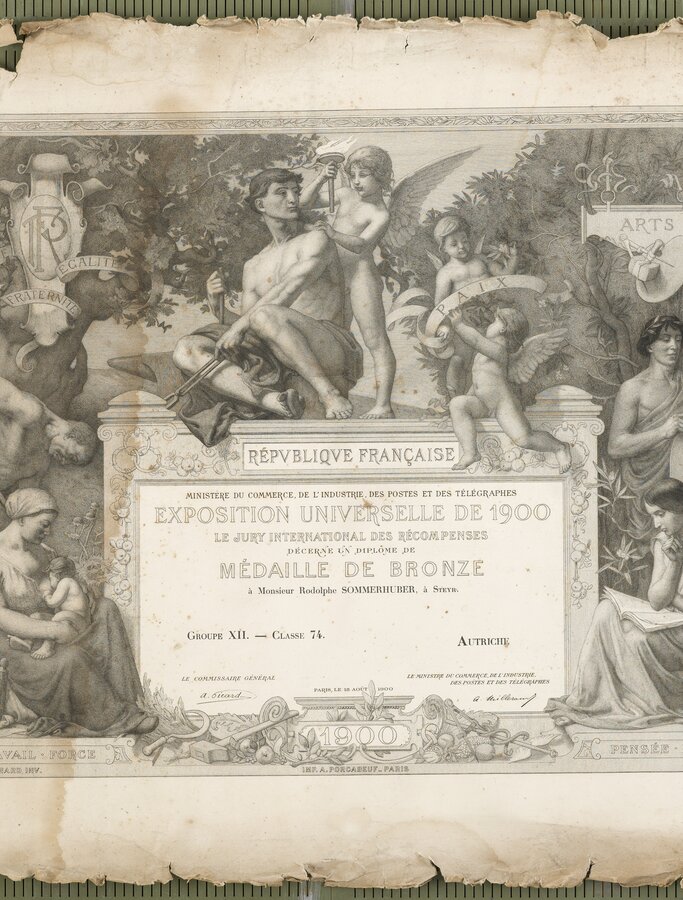
World's Fair 1900
At the Paris World's Fair in 1900, the Sommerhuber manufactory was awarded the Silver Medal.
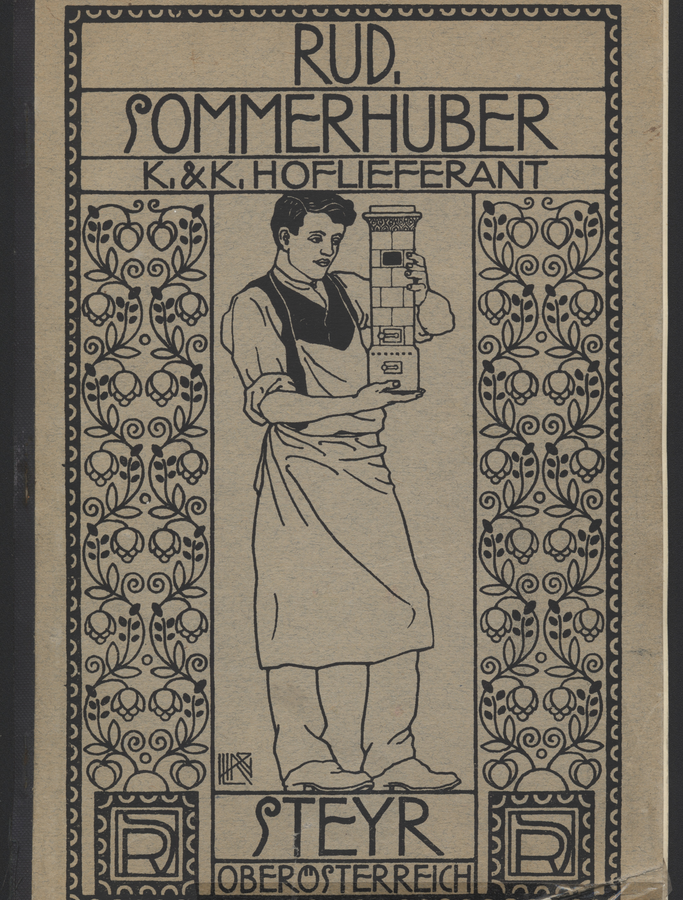
Royal supplier
In 1900, Rudolf Sommerhuber I was granted the title of Imperial & Royal (k. & k.) Supplier to the House of Habsburg. In 1910, Sommerhuber was appointed Court Supplier by Prince Ludwig of Saxe-Coburg and Gotha.

Stylistic stoves
Rudolf I built both rural and bourgeois stoves and specialized in reproducing old stoves from the Gothic, Renaissance, Rococo periods, and more.
Photo: Rudolf I. glazing (1920)
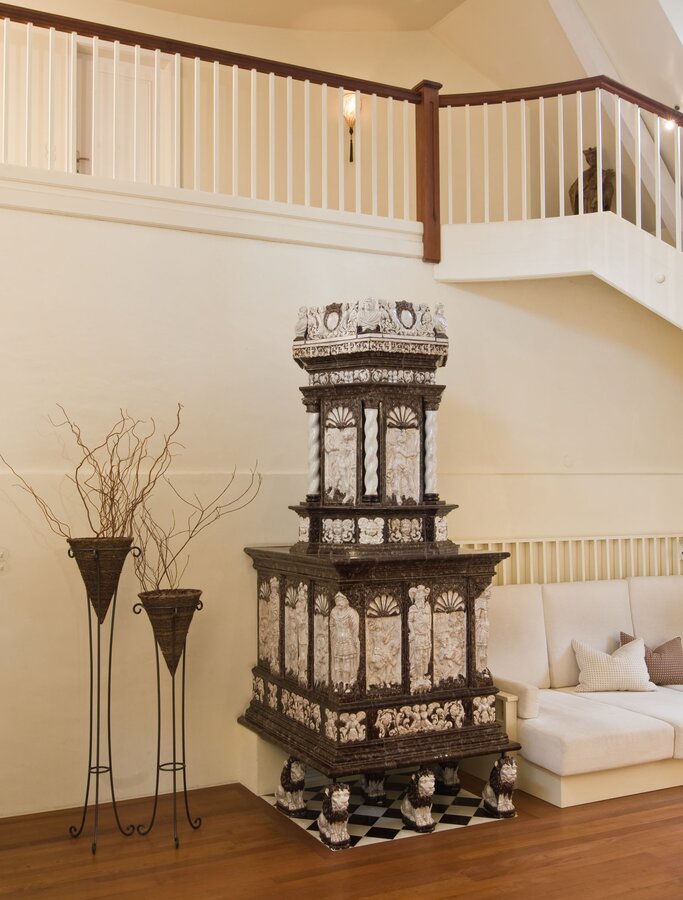
Renaissance-stoves
In 1912, an exact replica of the Renaissance stove from Ambras Castle near Innsbruck was built for the heir to the throne, Archduke Franz Ferdinand, at Konopiste Castle near Prague. Two years later, he was assassinated in Sarajevo, an event that triggered World War I.
1491-1876
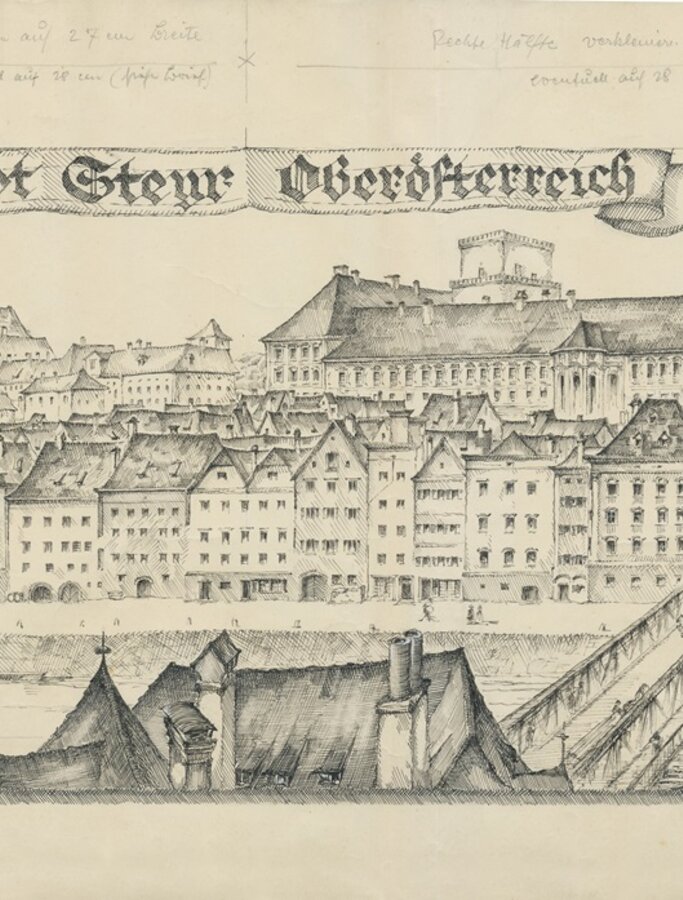
Steyr, the 1000-year-old city
The Sommerhuber family business has been established at the original Sommerhuber headquarters since 1491, with the ceramic trade continuing uninterrupted. The first stove fitter in what was then Hafnergasse, who would become the origin of the Sommerhuber Ceramic Manufactory, was stove fitter Wämprecht, who purchased the then Hafnerhaus 67 in 1491.
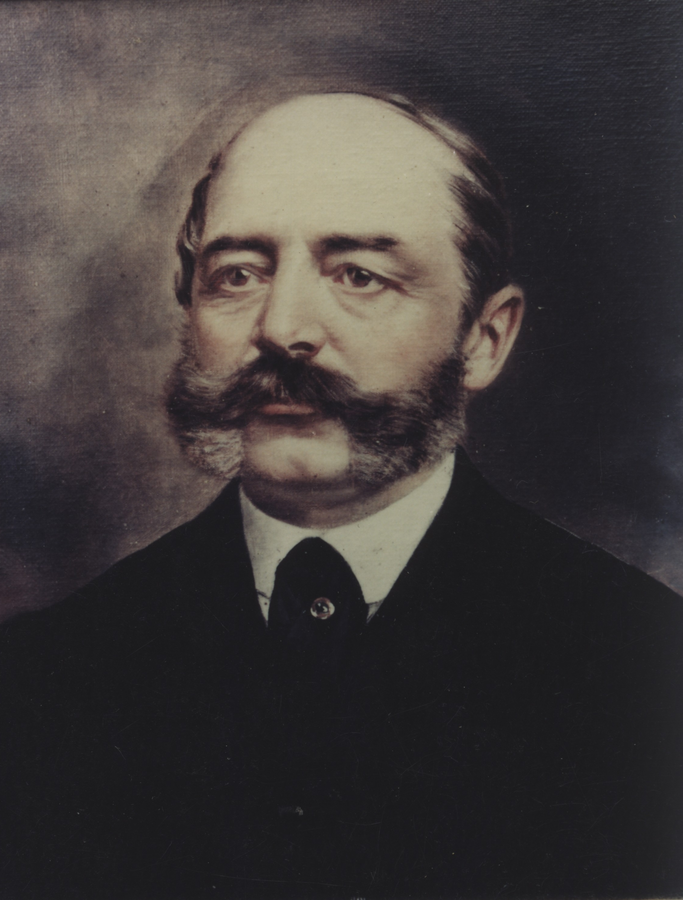
Josef Sommerhuber
The name Sommerhuber passed to the house in what was then Hafnergasse through the marriage of the stove fitter journeyman Josef Sommerhuber (1817-1880) in 1843.
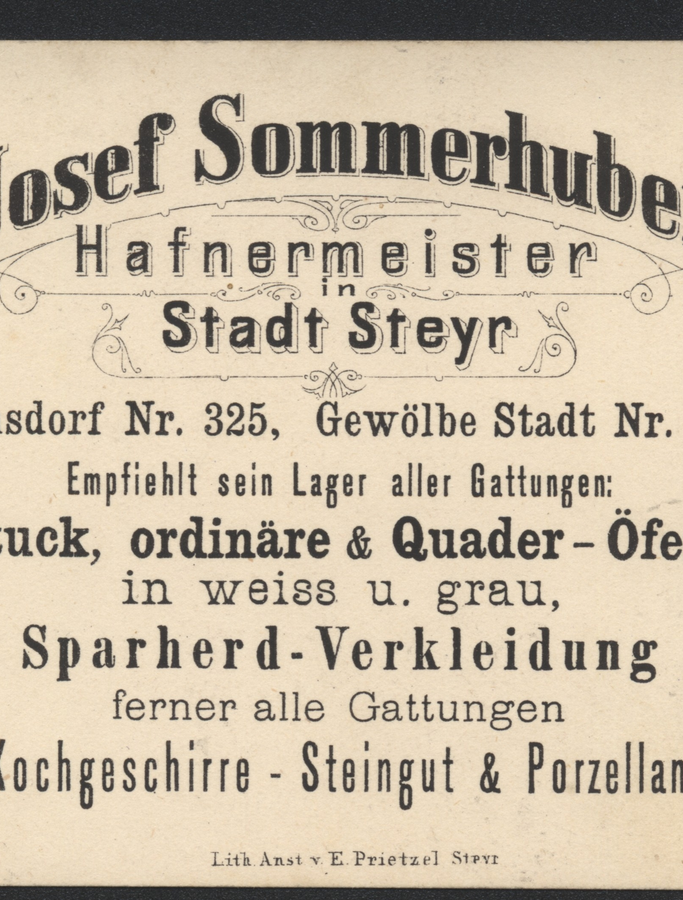
The stove fitting
Josef Sommerhuber took over a business that had been uninterrupted, healthy and thriving since 1491. Order, cleanliness and diligence were the principles of his existence and the foundations of his business.

The sun of the winter
The history of the Sommerhuber ceramic manufactory, written by CEO Rudolf Christian Sommerhuber. The book chronicles over five hundred years of stove fitting in Steyr – from the status of the stove fitting craft to the history of the Sommerhuber family business up to the present day.
